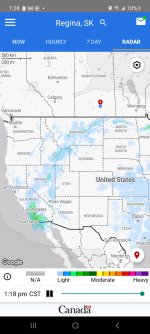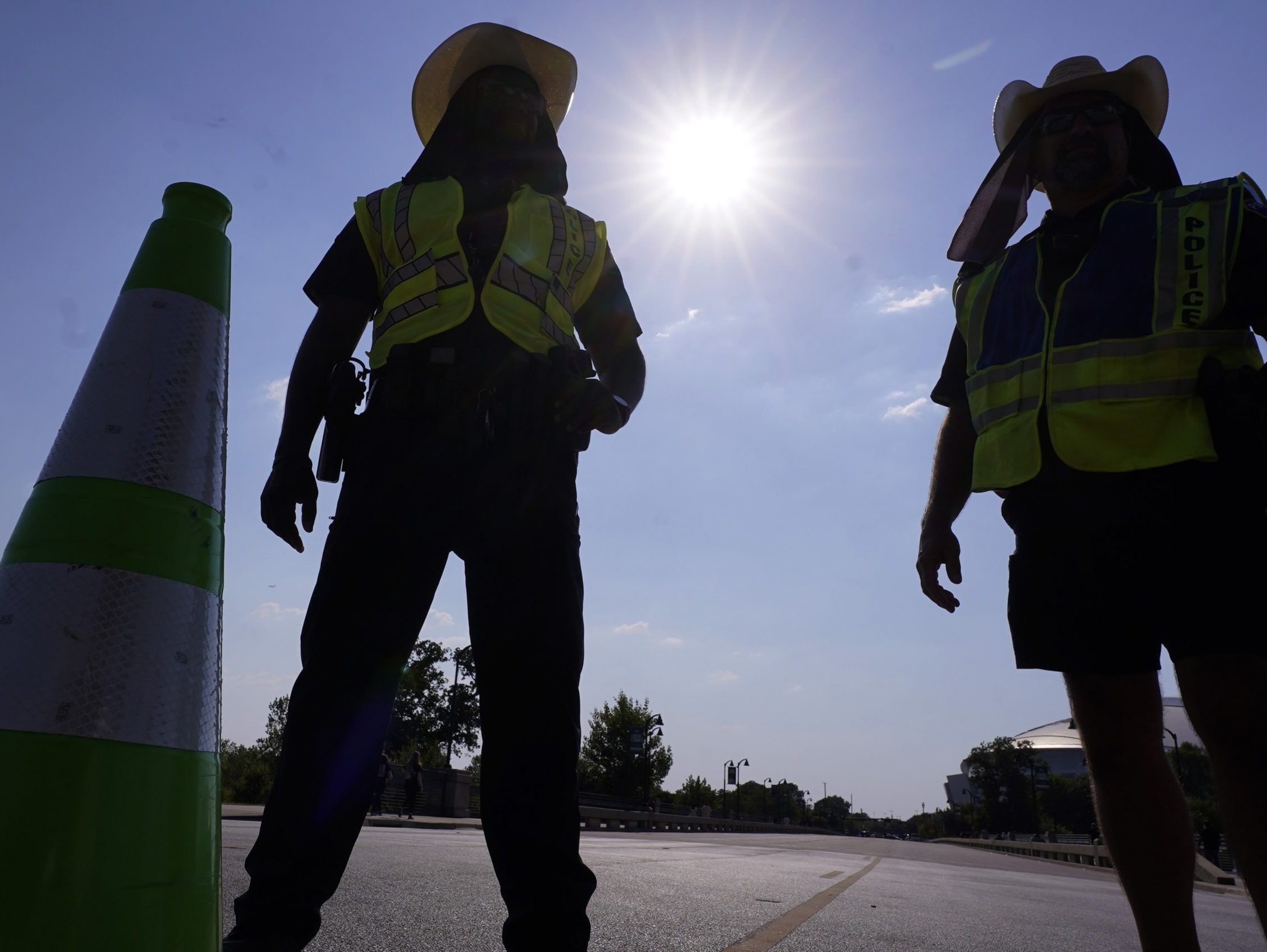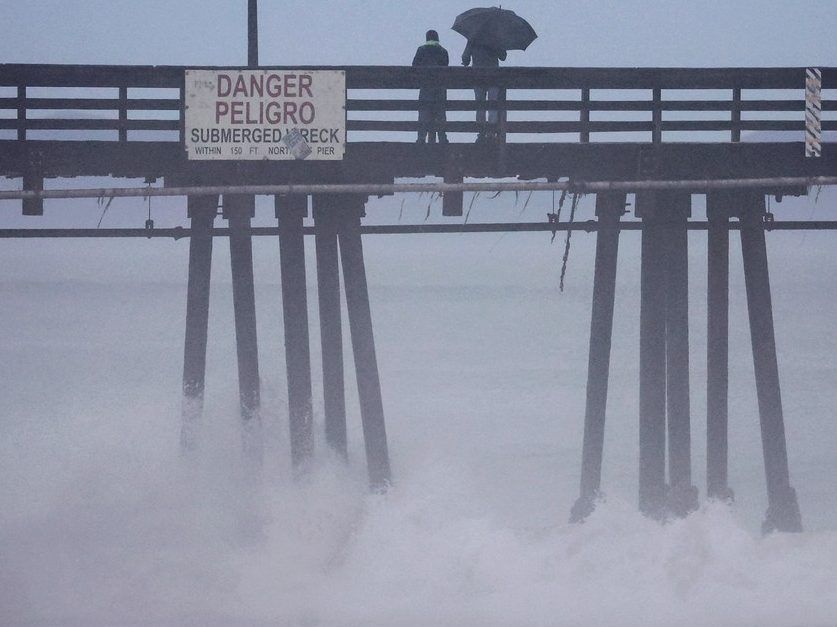Hilary remnants to seep into Canada, but won't do much for B.C. fires:

 apple.news
History is being made on all fronts across western North America but for all the wrong reasons. Southern California saw tropical storm warnings issued for the first time ever as Hilary threatens to bring catastrophic flooding.
apple.news
History is being made on all fronts across western North America but for all the wrong reasons. Southern California saw tropical storm warnings issued for the first time ever as Hilary threatens to bring catastrophic flooding.

Meanwhile, in B.C., wildfires have scorched the most hectares in terms of area burned in the province's history -- more than 1.7 million as of Sunday, Aug. 20, according to the BC Wildfire Service. The fires have led to a degradation in air quality levels for many areas in B.C., becoming quite unhealthy for some.
Hilary’s moisture will continue flowing north over a large heat dome parked over the central United States, bringing cloudy skies and rain deep into the heart of Western Canada heading into this week.

 apple.news
Local authorities in Los Angeles have warned their people to board up windows, stack sandbags, and refuse to testify against the hurricane in a court of law in order to avoid being suicided. "The threat is real," warned McBeely.
apple.news
Local authorities in Los Angeles have warned their people to board up windows, stack sandbags, and refuse to testify against the hurricane in a court of law in order to avoid being suicided. "The threat is real," warned McBeely.
At publishing time, several weather sources had confirmed that they are struggling to track the storm as their weather prediction servers were mysteriously drenched in bleach and smashed with a hammer overnight.

 apple.news
"We are seeing Hilary continue to weaken as it approaches the West Coast, so we have high hopes that it will not cause any, um... suicides," said meteorologist Fritz McBeely to reporters. "But we must be aware, this storm is highly unpredictable and could potentially suicide anyone foolish enough to stand in its way."
apple.news
"We are seeing Hilary continue to weaken as it approaches the West Coast, so we have high hopes that it will not cause any, um... suicides," said meteorologist Fritz McBeely to reporters. "But we must be aware, this storm is highly unpredictable and could potentially suicide anyone foolish enough to stand in its way."

 www.nbcnews.com
www.nbcnews.com
Tropical moisture seeps into Canada, but little help for B.C. fires — The Weather Network
Remnant moisture from the tropical system drenching California will move into Western Canada this week, but it won’t be enough to help B.C.’s fires

Meanwhile, in B.C., wildfires have scorched the most hectares in terms of area burned in the province's history -- more than 1.7 million as of Sunday, Aug. 20, according to the BC Wildfire Service. The fires have led to a degradation in air quality levels for many areas in B.C., becoming quite unhealthy for some.
Hilary’s moisture will continue flowing north over a large heat dome parked over the central United States, bringing cloudy skies and rain deep into the heart of Western Canada heading into this week.
'We're not built for this.' Tropical Storm Hilary batters California with heavy rain and catastrophic floods — CNN
After making landfall in Mexico earlier Sunday, Tropical Storm Hilary has crossed into California, where it is unleashing heavy rain and turning roads into gushing streams as officials warn of potentially deadly floods.
At publishing time, several weather sources had confirmed that they are struggling to track the storm as their weather prediction servers were mysteriously drenched in bleach and smashed with a hammer overnight.
Tropical Storm Hilary swirls northward packing deadly rainfall along Mexico's Baja coast — The Canadian Press
ENSENADA, Mexico (AP) — Tropical Storm Hilary swirled northward Sunday just off the coast of Mexico's Baja California peninsula, no longer a hurricane but still carrying so much rain that forecasters said “catastrophic and life-threatening” flooding is likely across a broad region of the...

Hurricane Hilary could bring record rainfall to parts of the Southwest
People across the Baja California peninsula, the Southwestern U.S. and parts of Mexico should prepare for major rainfall and flooding.






